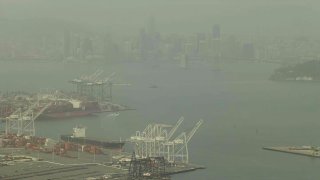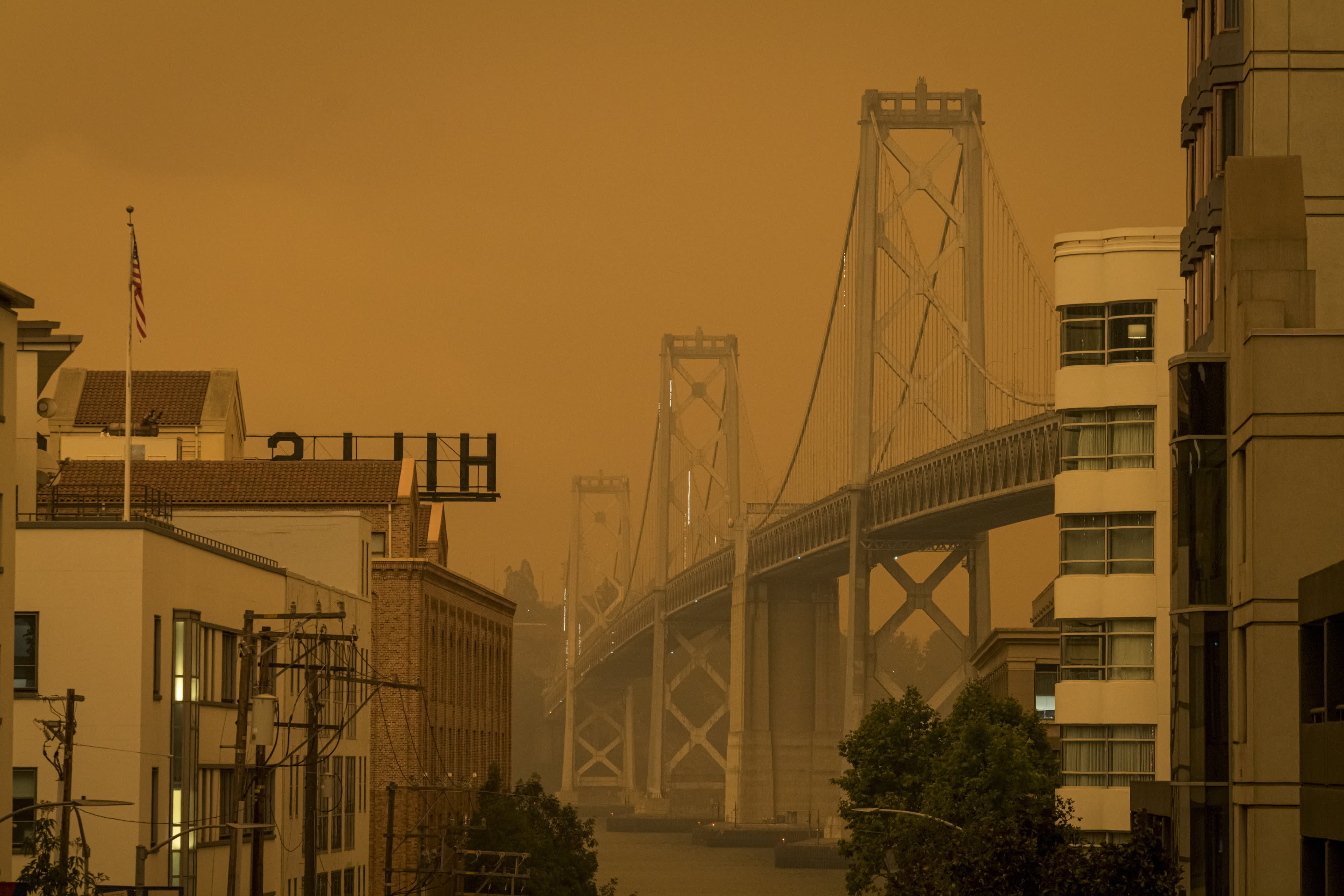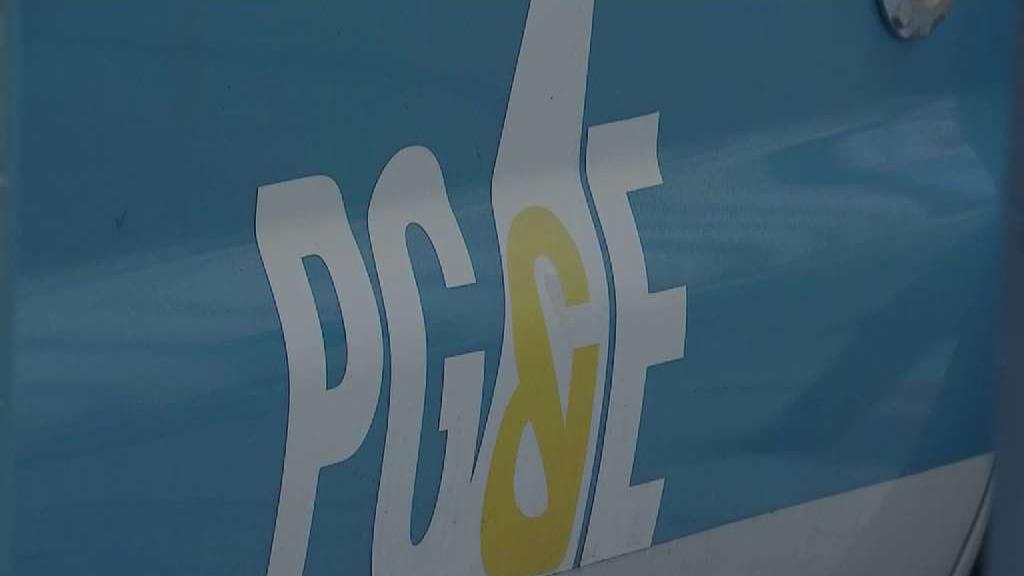
Wildfire season in California has officially begun for 2022, and along with it so have preparations for monitoring and forecasting these destructive events.
Climate change has drastically altered the terrain of California -- causing higher temperatures and lengthier dry periods that prolong fire season and increase the risk of wildfires. Public health is a continued concern as the impacts from these fires in the Bay Area infiltrate air quality with wildfire smoke and particulate matter.
A combatting effort to this was presented by the Bay Area Air Quality Management District (BAAQMD) during a wildfire season preview at the Board of Directors meeting Wednesday. The presentation was provided by manager Tracy Lee and principal air quality specialist Michael Flagg.
Wildfires have certainly intensified over the last 10 years, encompassing larger areas over longer periods of time. From 2001-2010, 1.6 million acres were burned in the 10 biggest wildfires. The acreage burned by the top 10 biggest wildfires from 2011-2020 more than doubled that number, with 3.5 million acres lost. Just over 2 million acres of the land burned was from 2020 alone, according to the air district.
Get a weekly recap of the latest San Francisco Bay Area housing news. Sign up for NBC Bay Area’s Housing Deconstructed newsletter.
Low rainfall in the Bay Area is a key contributor to the growing rates of wildfires.
"California is in an exceptional drought, which will provide increased fuel potential for wildfire," Flagg explained.
He continued to warn that wildfire season reaches its maximum severity potential through September.
"As we get through June and September, the severity of wildfire potential increases with a maximum kind of potential for wildfire culminating in September when we have above normal fire potential for all of Northern California," he said.
"[Fire potential] is conditional on both meteorological conditions and the start of the rainy season," Flagg noted.
"We know that air quality can be poor during wildfires," he said, "As a result, we have a great team of forecasters that use all relevant information they have available to them to produce smoke forecast that help us anticipate when air quality will be poor."
Citizens concerned about poor air quality levels during wildfire season can monitor particulate matter through air quality data sites including: the Air District's website, PurpleAir, Clarity OpenMap, AirNow, and the EPA Fire and Smoke Map.
Heading into wildfire season, BAAQMD has several initiatives that will take place as a part of their Wildfire Air Quality Response Program.
An important component of the program is circulating wildfire information and resources throughout Bay Area communities. Social media will be a central tool for residents to stay updated on wildfire preparation.
According to Lee, BAAQMD has done significant media outreach to inform the public of the impacts of wildfire smoke and how to protect their health. A wildfire preparation and safety video series is available on the Wildfire Safety section on the BAAQMD website.
"This season our communications team is planning wildfire Zoom press conferences and briefings with the air district and partner agencies. As new clean air centers come online, they will promote these to Bay Area residents through press conferences and media outreach," Lee said.
New partnerships with fire departments and public health agencies will be explored for the media events as well.
Lee advised residents to follow their social media platforms (Twitter, Facebook, YouTube, RSS) to stay up-to-date on the various resources, which include meteorologist briefings, timely charts, data visualization, preparedness tips, and infographics.
BAAQMD's wildfire strategies also include programs that reduce wildfire risks.
The Open Burn program reduces the risks of wildfires through prescribed burning; when the weather is favorable, this form of natural resource management utilizes planned and controlled burns to minimize fuel potential. Forty-seven prescribed fires were exempted from fees between 2021-2022 as a part of this program.
In addition, the Wildfire Prevention Chipping pilot program allows properties to apply for free chipping services that reduce wildfire risks by disposing of material that would otherwise contribute to fuel potential.
BAAQMD is also focused on air filtration initiatives to improve wildfire smoke preparedness in the 2022 season.
In a partnership with the American Red Cross and Bay Area county offices of emergency services, Lee reported that BAAQMD helped purchase air filtration units that will be deployed for use at public sheltering facilities across seven Bay Area counties.
Further air filtration initiatives are supported by Assembly Bill 836, which used $3 million to create a network of publicly accessible facilities with high-efficiency air filtration systems for vulnerable communities.
Counties applied to the grant fund back in January, and project funding amounts were distributed based on the number of undeserved communities in each county. This was determined by evaluating smoke burden and population count.
The program so far has solicited over 300 portable air cleaners, and $1.7 million still remains in the fund.
The presentation concluded with BAAQMD chair John Bauters thanking Lee and Flagg for their presentation.
"This has become an increasing challenge every year," Bauters said. "It's become less of a question about how bad and just when."



